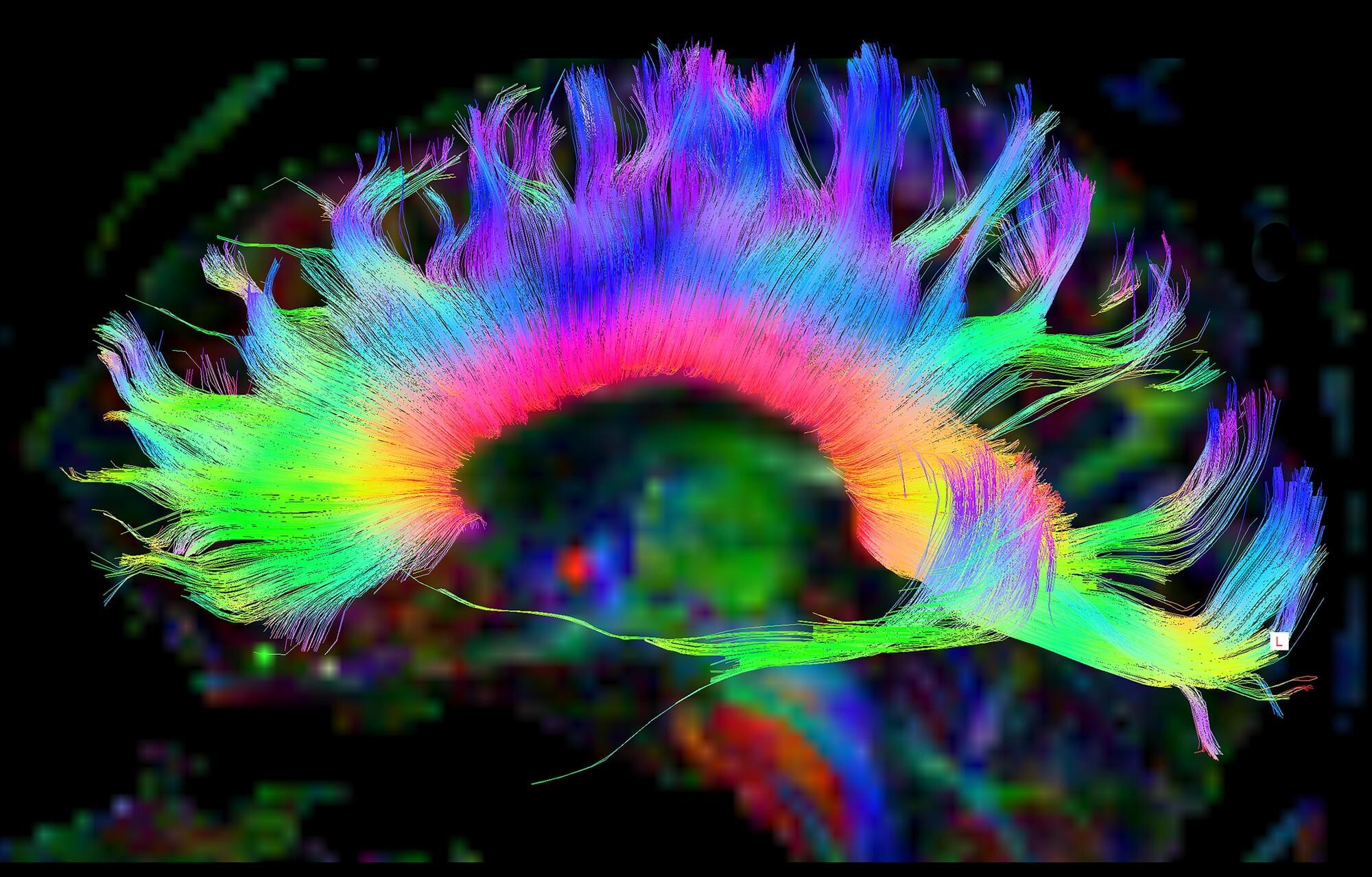A large population study links social disconnectedness—especially loneliness—to higher rates of mental illness and other major health problems.


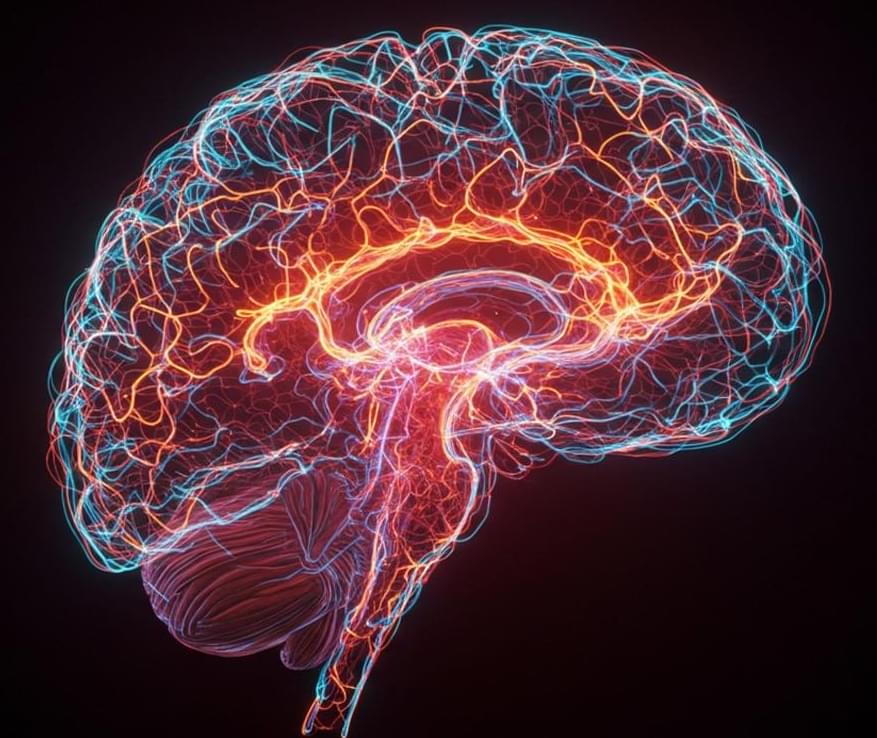

Damage to the mitochondria, the “power plants” of the cells, contributes to many diseases. Researchers from Heinrich Heine University Düsseldorf (HHU) and the University of Cologne led by HHU professor of medicine Dr David Pla-Martín, now describe in the scientific journal Science Advances how cells with defective mitochondria activate a special recycling system to eliminate damaged genetic material.
Damage to the genetic material of mitochondria – the mitochondrial DNA or mtDNA for short – can lead to diseases such as Parkinson’s, Alzheimer’s, amyotrophic lateral sclerosis (ALS), cardiovascular diseases and type 2 diabetes. Such damage also speeds up the ageing process. However, the cells are normally capable of identifying such damage and reacting.
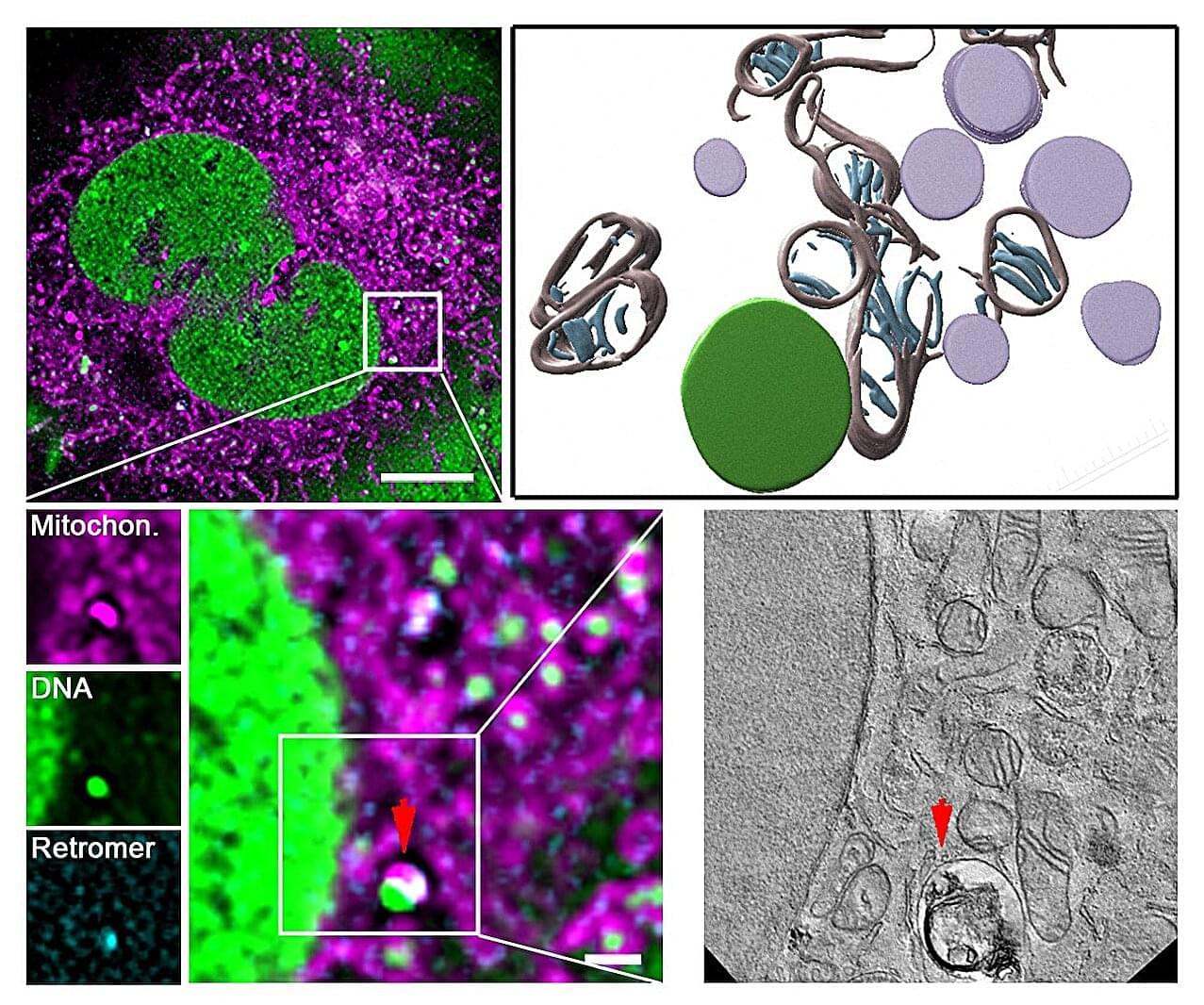
Damage to the genetic material of mitochondria—the mitochondrial DNA or mtDNA for short—can lead to diseases such as Parkinson’s, Alzheimer’s, amyotrophic lateral sclerosis (ALS), cardiovascular diseases and type 2 diabetes. Such damage also speeds up the aging process. However, the cells are normally capable of identifying such damage and reacting.
Scientists from University Hospital Düsseldorf and HHU have—in collaboration with the University of Cologne and the Center for Molecular Medicine Cologne (CMMC)—discovered a mechanism which protects and repairs the mitochondria. The research team, headed by Professor Pla-Martín from the Institute of Biochemistry and Molecular Biology I at HHU, has identified a specialized recycling system, which cells activate when they identify damage to the mtDNA.
According to the authors in Science Advances, this mechanism relies on a protein complex known as retromer and the lysosomes—cell organelles containing digestive enzymes. These special cellular compartments act like recycling centers, eliminating the damaged genetic material.
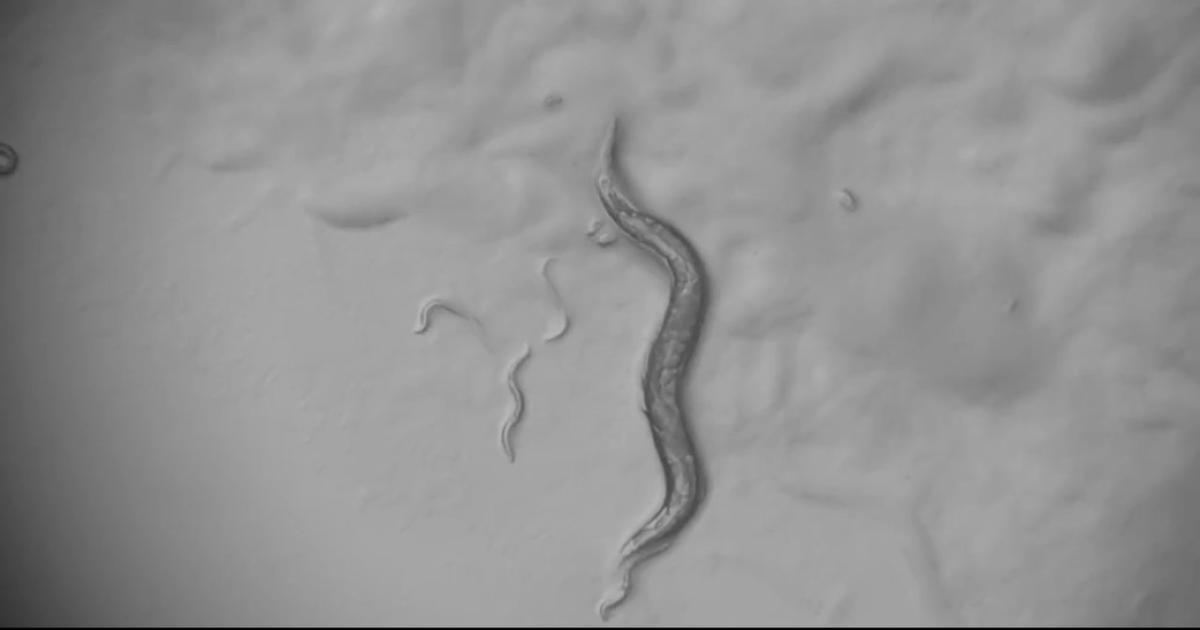
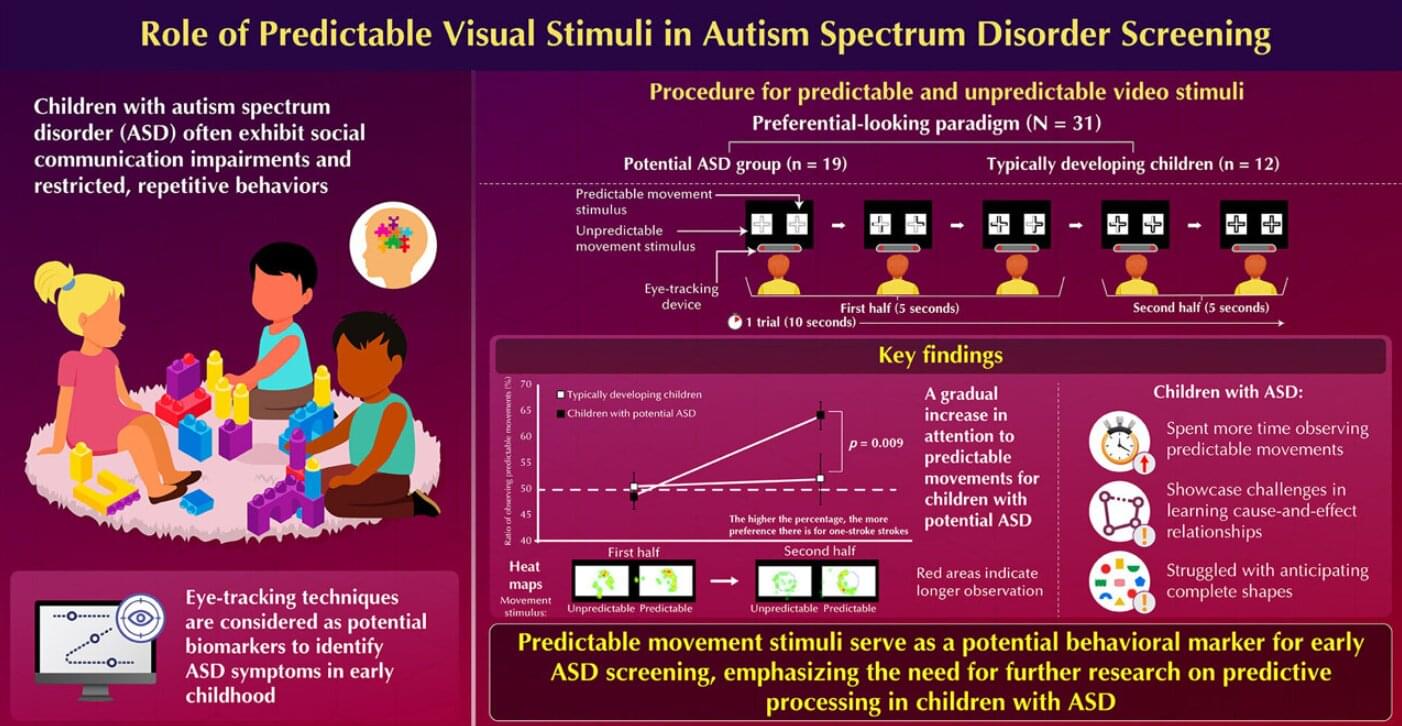
Children with autism spectrum disorder (ASD) often experience social communication impairments and engage in restricted and repetitive behaviors (RRBs). Early identification of these symptoms is critical for timely intervention, but detecting RRBs, in particular, remains a challenge.
Previous studies using eye-tracking methods have revealed that children with ASD tend to favor non-social stimuli over social ones, a preference that aligns with ASD symptoms. However, the developmental timeline of this preference—especially regarding repetitive versus random movements—remains poorly understood.
Research has shown that children with ASD may spend more time observing repetitive movements, a key characteristic of RRBs, but the underlying reasons for this preference and how it evolves over time remain unclear. This gap in understanding presents a significant challenge for accurately diagnosing and addressing the sensory and behavioral traits associated with ASD in young children.
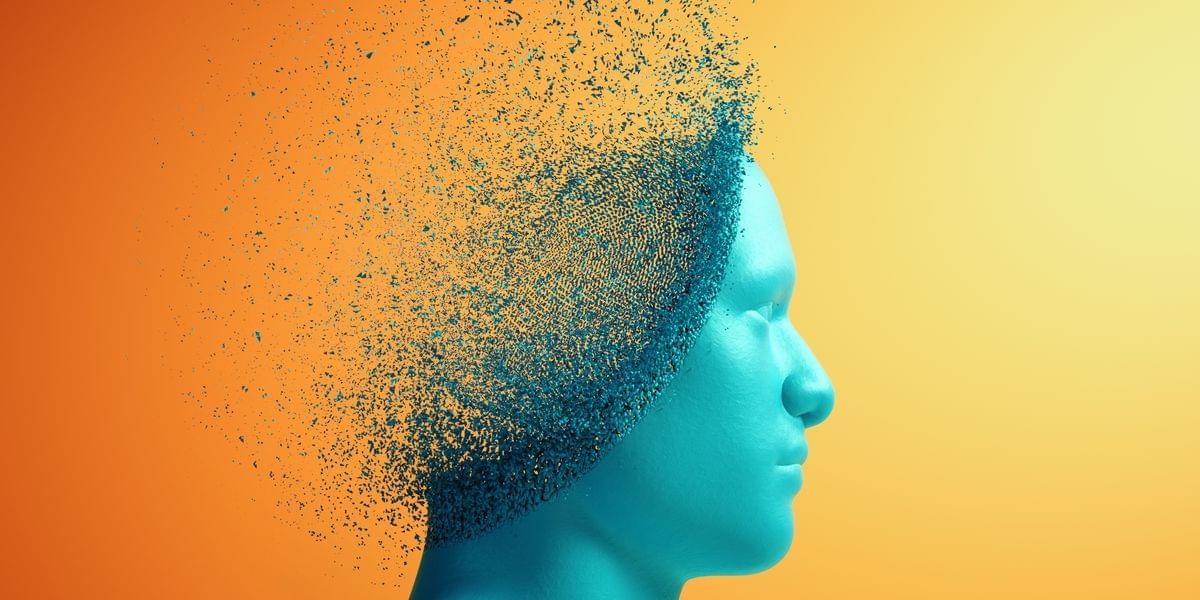

Then, around three hours after he had drunk the coconut water, he started to have a fever with sweats and was vomiting. Paramedics came to his house and found him disorientated and pale while unable to balance.
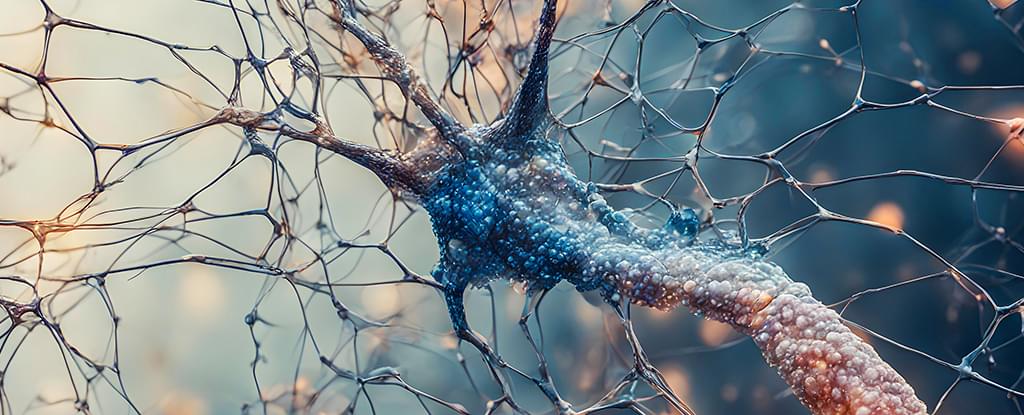
Training the brain’s immune system to recognize and clear toxic material is rapidly emerging as an promising way to put the brakes on Alzheimer’s disease. Unfortunately researchers haven’t been clear on how this method of protection operates on a cellular level.
An international team of researchers analyzed brain samples taken from people who had died with Alzheimer’s, some of whom had also received approved Alzheimer’s immunotherapy treatments. The therapies encourage cleaning cells called microglia to attack the clumps of amyloid-beta proteins that are thought to be involved in neurodegeneration.
Microglia responses to amyloid beta can lead to inflammation, which in turn risks damage to brain tissues. The researchers wanted to know why immunotherapy turned microglia into ruthless cleaning machines in some cases but not others.
